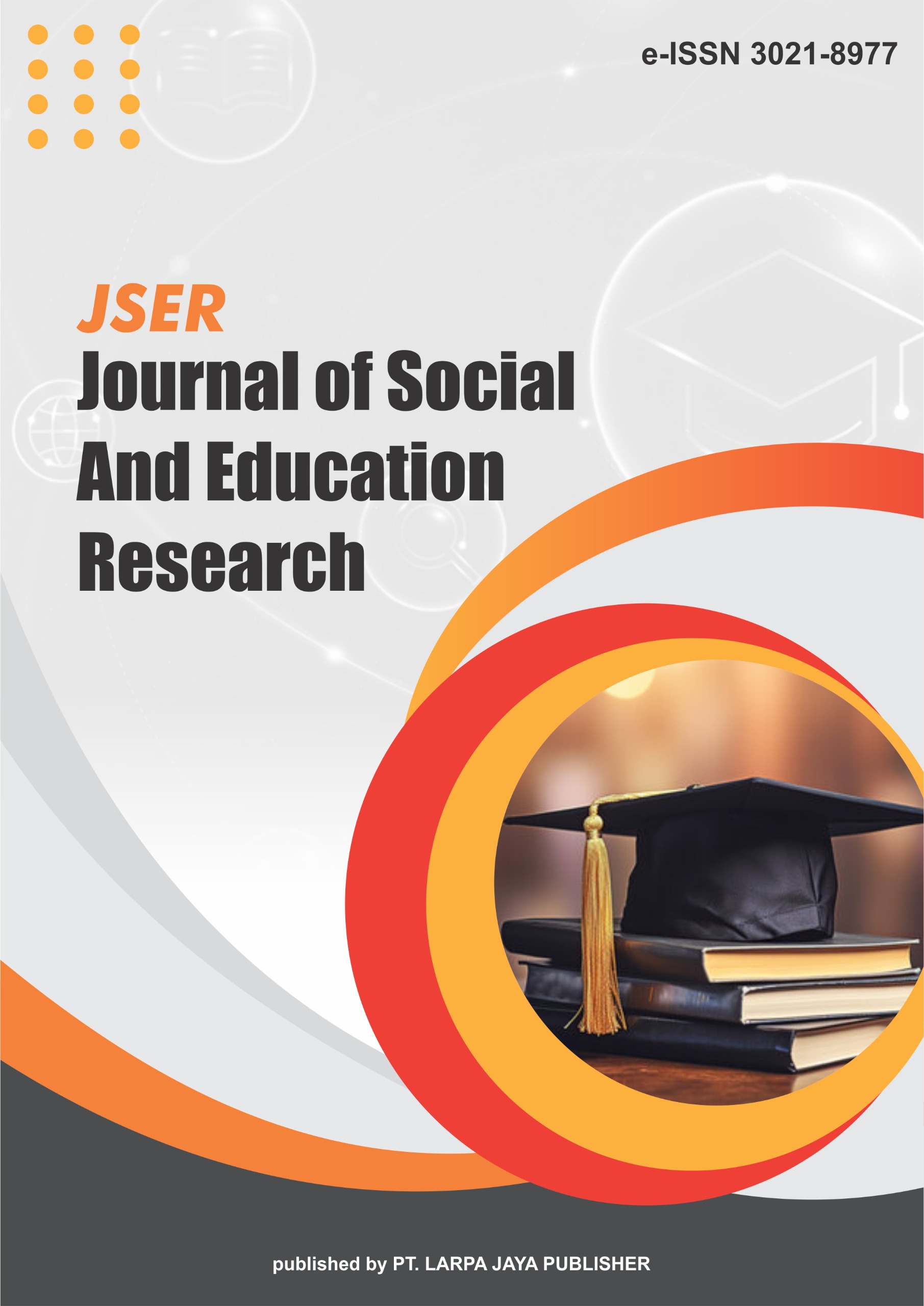The Influence of Social and Family Support on Midwifery Care in High-Risk Pregnancy: A Case Study of Imminent Abortion in Ubung Village
DOI:
https://doi.org/10.63265/jser.v3i2.107Keywords:
Abortus imminens, pregnancy complications, health education, bed rest, maternal healthAbstract
This descriptive case study aims to explore the process of data collection, problem identification, intervention, and evaluation of midwifery care for a patient diagnosed with abortus imminens. The study was conducted in Dusun Batu Karang with a purposively selected subject, Mrs. “U,” a third gravida (G3P2A0H2). Data were collected through focused interviews, physical examinations, and supporting laboratory tests. The midwifery care plan included health education, bed rest recommendations, nutritional supplementation, and close monitoring of pregnancy warning signs, implemented collaboratively with healthcare professionals. Data analysis was conducted qualitatively by comparing field findings with relevant theoretical frameworks. The results showed successful control of the abortus imminens condition with no further complications, indicating that the care provided was effective and appropriate. Ethical considerations were maintained throughout the study. This case highlights the importance of targeted, evidence-based interventions and comprehensive monitoring in managing abortus imminens to improve pregnancy outcomes.
References
Ardenela, S. (2020). Maternal mortality rate analysis in Indonesia. Journal of Public Health Research, 9(1), 15–22.
Afriyani, D., Rachmawati, I. N., & Purnama, S. (2021). Manajemen abortus imminens pada ibu hamil trimester I di Puskesmas wilayah kerja Kota Bandung. Jurnal Kesehatan Reproduksi, 12(1), 45–52. https://doi.org/10.22435/kespro.v12i1.4567
Choi, H., & Lee, S. (2023). Patient cooperation and prenatal care outcomes: A community-based study. Journal of Maternal Health, 45(2), 112–120.
Garcia, M., et al. (2023). Early intervention in threatened abortion: Clinical outcomes and management strategies. International Journal of Obstetrics, 38(1), 55–64.
Hassan, A., & Mohamed, R. (2024). Structured care plans and their impact on high-risk pregnancy outcomes: A systematic review. Maternal-Fetal Medicine Journal, 29(1), 14–27.
Indriani, D., Susanti, R. D., & Lestari, A. M. (2020). Faktor risiko kejadian abortus pada ibu hamil di wilayah pedesaan. Jurnal Bidan Komunitas, 3(2), 65–71. https://doi.org/10.36787/jbk.v3i2.120
Jones, L., & Patel, R. (2024). Enhancing data accuracy in maternal health research: Strategies and implications. Global Health Research, 10(3), 210–222.
Lee, Y., & Kim, J. (2023). Risk factors and monitoring in threatened abortion cases: A longitudinal study. Obstetrics & Gynecology Science, 66(5), 377–385.
Nguyen, T., et al. (2023). Bridging theory and practice in midwifery education: Case studies from rural settings. Nurse Education Today, 128, 105–115.
Patel, S., et al. (2024). Prenatal care planning and pregnancy outcomes: Evidence from a meta-analysis. Journal of Perinatal Medicine, 52(1), 8–21.
Pratiwi, D. S., & Mulyani, A. (2021). Asuhan kebidanan pada ibu dengan abortus imminens di trimester pertama kehamilan. Jurnal Kebidanan Malahayati, 7(1), 10–18. https://doi.org/10.33024/jkm.v7i1.2548
Rodriguez, M., et al. (2023). Effectiveness of health education interventions in managing threatened abortion. Maternal and Child Health Journal, 27(4), 620–628.
Smith, J., et al. (2023). Targeted data collection in maternal care: Improving intervention outcomes. Journal of Clinical Nursing, 32(1), 45–53.
Wilson, D., et al. (2023). Clinical education and the application of theory in midwifery practice. Midwifery Education Journal, 15(2), 97–106.
World Health Organization. (2019). Trends in maternal mortality 2000 to 2017: Estimates by WHO, UNICEF, UNFPA, World Bank Group and the United Nations Population Division. World Health Organization.
World Health Organization. (2023). Standards for improving quality of maternal and newborn care in health facilities. WHO Press.
Downloads
Published
How to Cite
Issue
Section
License
Copyright (c) 2025 Journal of Social And Education Research

This work is licensed under a Creative Commons Attribution-NonCommercial 4.0 International License.










